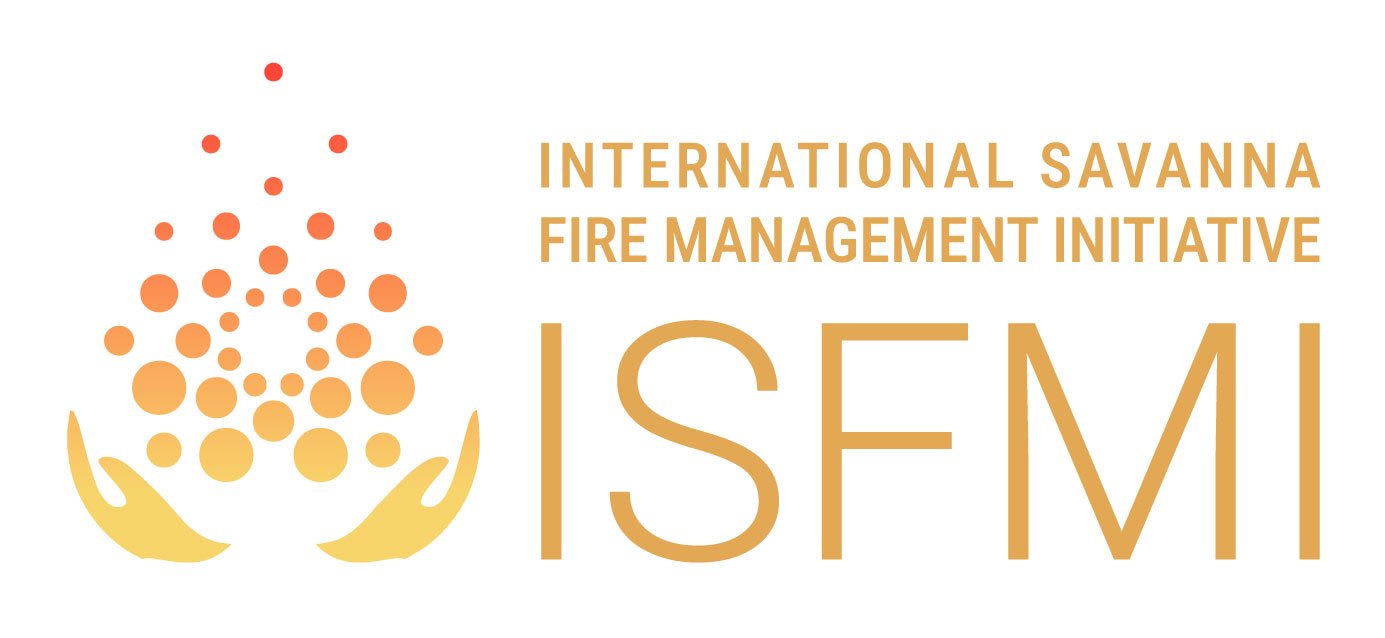Spatial and Temporal Trends of Burnt Area in Angola: Implications for Natural Vegetation and Protected Area Management
Authors from the University of Lisbon including ISFMI Advisory Committee member José M.C. Pereira focus on fire patterns in Angola in the 2020 article in the journal ‘Diversity’. Available in Open Access full text here.
Abstract: Fire is a key driver of natural ecosystems in Africa. However, human activity and climate change have altered fire frequency and severity, with negative consequences for biodiversity conservation. Angola ranks among the countries with the highest fire activity in sub-Saharan Africa. In this study, we investigated the spatial and temporal trends of the annual burnt area in Angola, from 2001 to 2019, and their association with terrestrial ecoregions, land cover, and protected areas. Based on satellite imagery, we analyzed the presence of significant trends in burnt area, applying the contextual Mann–Kendall test and the Theil–Sen slope estimator. Data on burnt areas were obtained from the moderate-resolution imaging spectroradiometer (MODIS) burnt area product and the analyses were processed in TerrSet. Our results showed that ca. 30% of the country’s area burned every year. The highest percentage of annual burnt area was found in northeast and southeast Angola, which showed large clusters of decreasing trends of burnt area. The clusters of increasing trends were found mainly in central Angola, associated with savannas and grasslands of Angolan Miombo woodlands. The protected areas of Cameia, Luengue-Luiana, and Mavinga exhibited large areas of decreasing trends of burnt area. Conversely, 23% of the Bicuar National Park was included in clusters of increasing trends. Distinct patterns of land cover were found in areas of significant trends, where the clusters of increasing trends showed a higher fraction of forest cover (80%) than the clusters of decreasing trends (55%). The documentation of burnt area trends was very important in tropical regions, since it helped define conservation priorities and management strategies, allowing more effective management of forests and fires in countries with few human and financial resources.

